Steps To Import A Bus From The USA To Canada (Or Vice Versa)

Yvan & Sylvie from Québec have successfully imported not just one, but TWO buses from the USA to Canada. Importing a school bus (or any style of bus) from the USA to Canada can be confusing. Once we heard that they had imported a couple of buses to convert into motorhomes, we jumped on the opportunity to ask them how they did it. Well… They spilled the beans, and it’s a lot easier than we had thought it was going to be.
In this article, we’re going to outline the steps to import a bus from the USA to Canada.
So if you’re looking for a school bus to convert into a tiny home on wheels in Canada and have only seen rust buckets while shopping in Canada, then heading below the snow belt into the US may be a viable option for a less-rusty or even a rust-free bus!
Meet Yvan & Sylvie from Québec, Canada. They imported TWO buses from the USA to Canada
Yvan & Sylvie imported TWO buses from the US to Canada. They have a YouTube channel called Lacroix Cruiser where they have been documenting their adventures with converting school buses into motorhomes amongst other fun adventures.
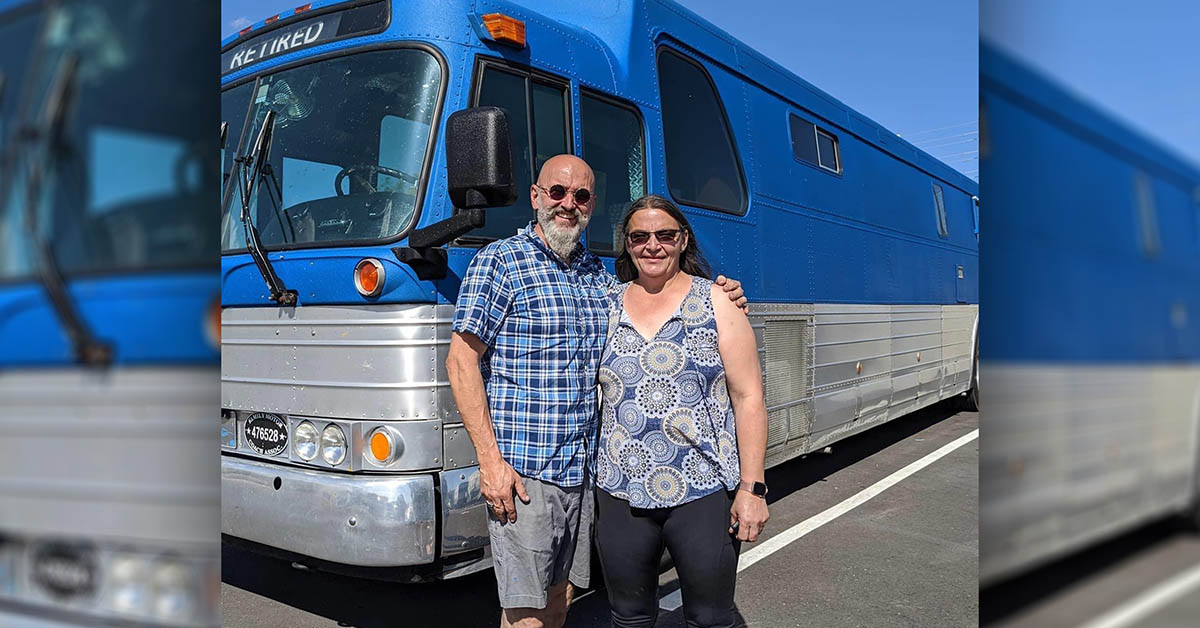
Note that this article is to give you a brief overview of how to import a bus to Canada from the US (or vice versa). The “authorities” change rules & steps without notice, which is why Step 1 in this overview is important! If you try to import a bus and don’t have the right paperwork, the border crossing guards can impound your vehicle or give you a fine. So this article should give you a good starting point of information so that you can begin the process to import a school bus or coach to Canada.
Let’s Get Into The Bus Import Details!

Get A Customs Broker To Import A Bus Into Canada From The US
Right out of the gate, Yvan & Sylvie advise getting a customs broker to import a bus into Canada. Is it possible to import a bus into Canada without a customs broker? Yep! It sure is possible, but having a customs broker is like having a CPA (Certified Public Accountant) prepare your taxes. You’re less likely to get an audit if a “professional” prepares your paperwork than if you do it yourself.
Customs Brokers are a few hundred bucks for their service and can provide peace of mind that everything will be lined up and ready for you when driving across the border from the US to Canada.
If you need a customs broker, here’s the contact info for the one that Yvan & Sylvia used and they are very happy with her service as she was great, efficient, and responsive to communication:
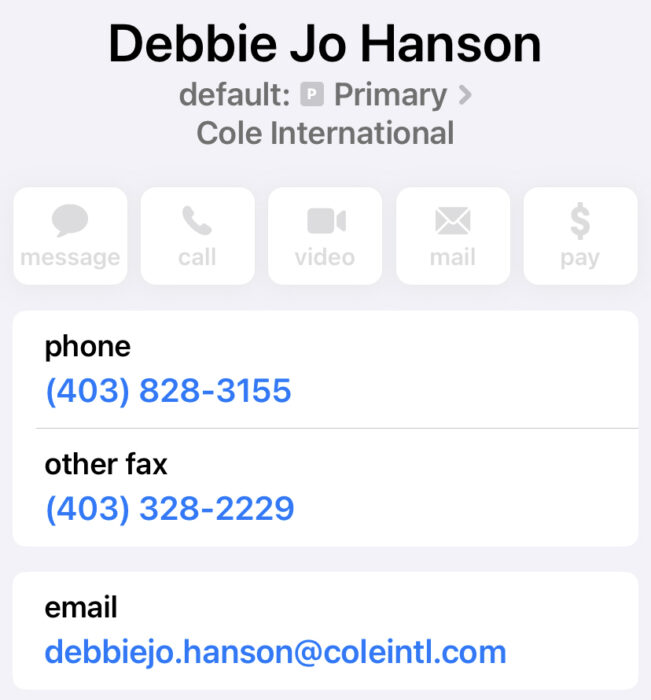
Here’s a list of things a Customs Broker will do for you:
- They take care of all the paperwork to import a bus
- They make sure you have the RIGHT paperwork when you arrive at the border
- Get a customs broker BEFORE heading to your destination to purchase your bus
Before Buying Your Bus, Have Your Customs Broker Do Some Research
Not every bus (or vehicle) is permissible for importation. There are a lot of rules that the “authorities” have created, which makes importing vehicles difficult for those not familiar with the process. It’s just another way “authorities” are working to control people. Even though this may be a roadblock for some, for others it is the opportunity to study what’s being imposed and learn what needs to be done to achieve the goal of importing a less-rusty-bus to Canada.
Before buying your bus, contact a customs broker who has experience with importing vehicles, like school buses, transit, or coach buses. Open up a conversation and ask your potential customs broker what you need to do to secure their services as you go through the process to find a bus. This is important because they are going to guide you through the process BEFORE you buy your bus!
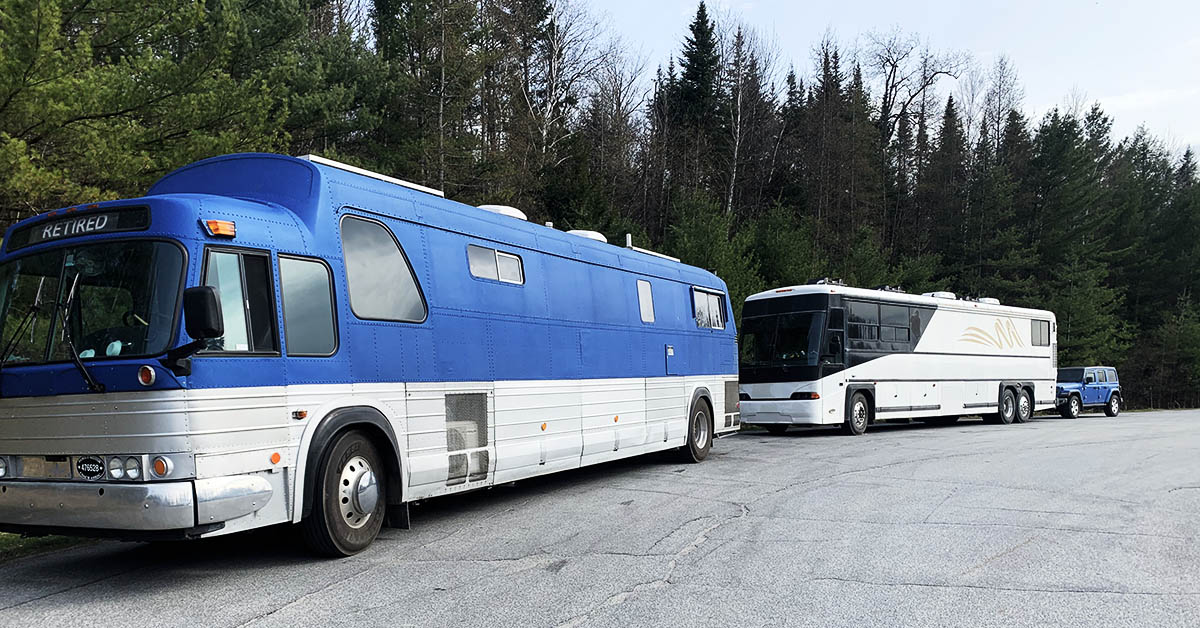
After securing the bus customs broker import service, start bus shopping! Find a bus that suits your needs and then check with the customs broker to make sure it could be imported, and the cost. There are too many variables with vehicle make, model, and year to give an exhaustive list of which buses can or cannot be imported. The customs broker will need to research each model you find independently. That’s why having a customs broker on your side is essential! They work through the process with you, so that you don’t buy a bus that is not permissible to be imported.
Once your customs broker has given you the green-light to buy the bus, only then should you proceed to make your purchase. Get your plane, train or automobile tickets ready and go visit the bus you plan on purchasing to inspect and test-drive. As soon as you are satisfied that the bus you’re looking at is for you, complete the purchase and provide your customs broker with the information they need to complete the bus import paperwork. They will either mail or email you the paperwork you’ll need to drive the bus across the border. The customs broker will also direct you to the correct border crossing location, because you’ll have a window in which you have to pass through
Want our used school bus visual inspection form? Get It Free
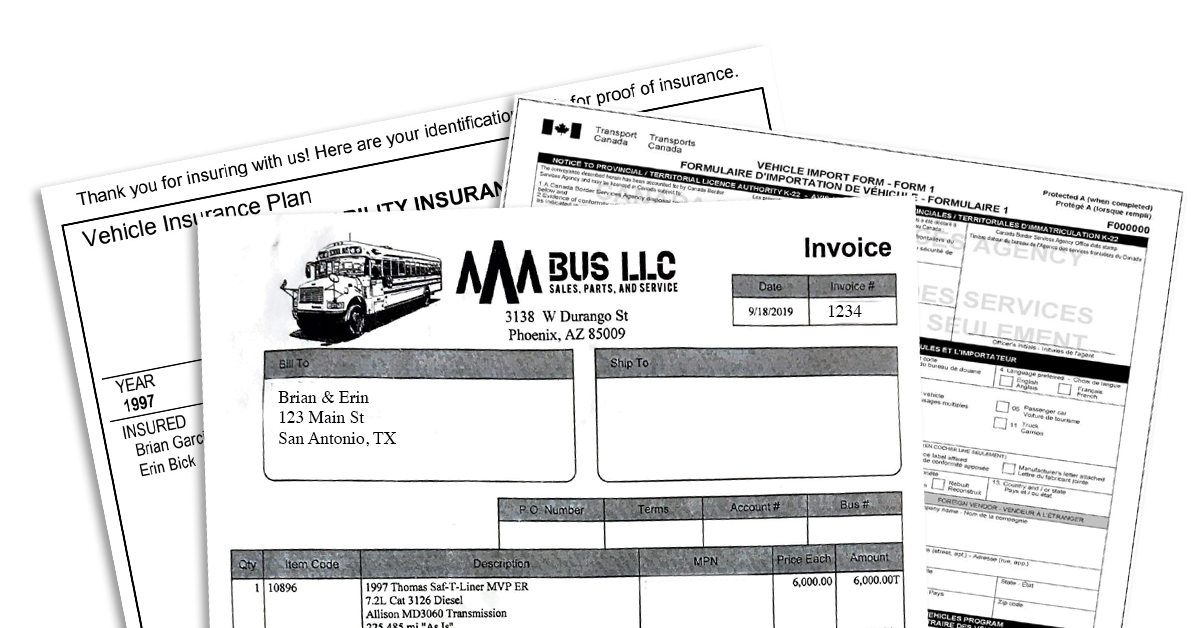
What paperwork do you need to import a bus?
Paperwork is probably the first thing that will hang you up while driving across the border. All the import documents must already be filled out, signed, and paid for BEFORE arriving at the land border crossing into Canada. That’s where the customs broker REALLY shines! They know what paperwork will be necessary based on a lot of variables. Basically, the customs broker knows the hoops that need to be jumped through and they will set up the paperwork so that you spend less time at the border so you can get to converting your bus into a motorhome faster!
Here’s a list of the paperwork that may be required. Keep in mind, not all imports are the same, so this will give you a starting point:
- The applicable government forms
- A proper title
- The Bill of Sale – Must be an official document from the seller including the following information:
- Milage
- Serial Number
- Age
- Make
- Model
Get An OLDER Bus
There’s something to be said about classic cars as well as classic buses! For one, older buses are relatively easier to work on because they are more mechanical than electrically operated. Newer buses have a lot of “computer” components built into them, which can make working out a problem in the middle of nowhere harder. While older buses have the advantage of being able to more easily swap out parts without having to have expensive computer diagnostic equipment to see what’s going wrong.
Here are some tips for getting an older bus to import:
- If you try to import a newer bus, you’ll have more complications
- Import a bus that is 25 years or older because NOW it’s considered a “classic” vehicle, which doesn’t have as many hoops to jump through
- Things like “Daytime Running Lights” are required in Canada. So if the bus doesn’t have that, it may not pass inspection (or you may have to install daytime running lights before getting it inspected)
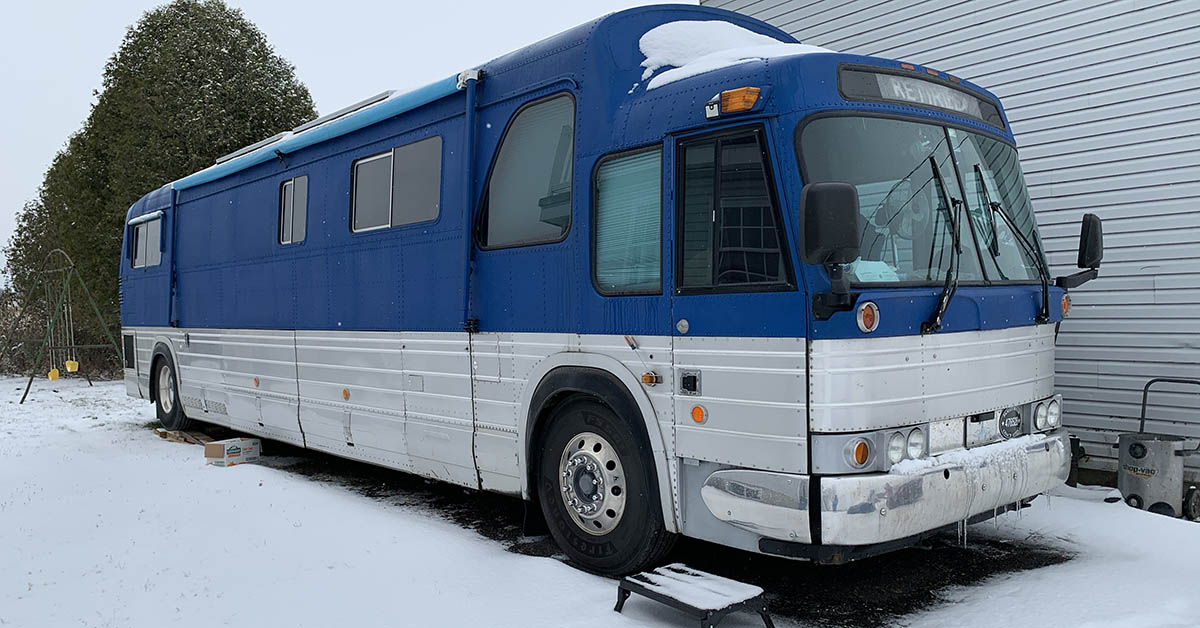
Import Taxes
Just like everything in life, the “authorities” feel they must impose an import tax on the bus you import into Canada. When Yvan & Sylvie imported their bus, they had to pay the provincial sales tax based on the purchase price listed on the bill of sale. For vehicles less than 25 years old, taxes will be based on current book value, and other fees come into play like duty, RV, and federal taxes. Basically, to import any vehicle, you’ll be nickel and dimed the entire way because everyone wants a piece of your bus pie. So you gotta decide if it’s worth it to have a less-rusty-bus (or even a rust-free bus) to build your tiny home on wheels. For Yvan & Sylvie, it’s worth it because they wanted a strong platform in which to build their tiny home on wheels!
Getting The Safety Inspection
After getting through the border crossing, the next step is to get the bus inspected to make sure it passes the vehicle safety regulations of Canada. This is a mechanical inspection and may be different from province to province. Even though the bus may already be titled as an RV from the US, the first inspection may be treated as a “Commercial Bus”.
After the first inspection, Canada wave’s its Parliamentary wand and says, “That’s an RV now, eh! Go take’er for a rip, Bud!”
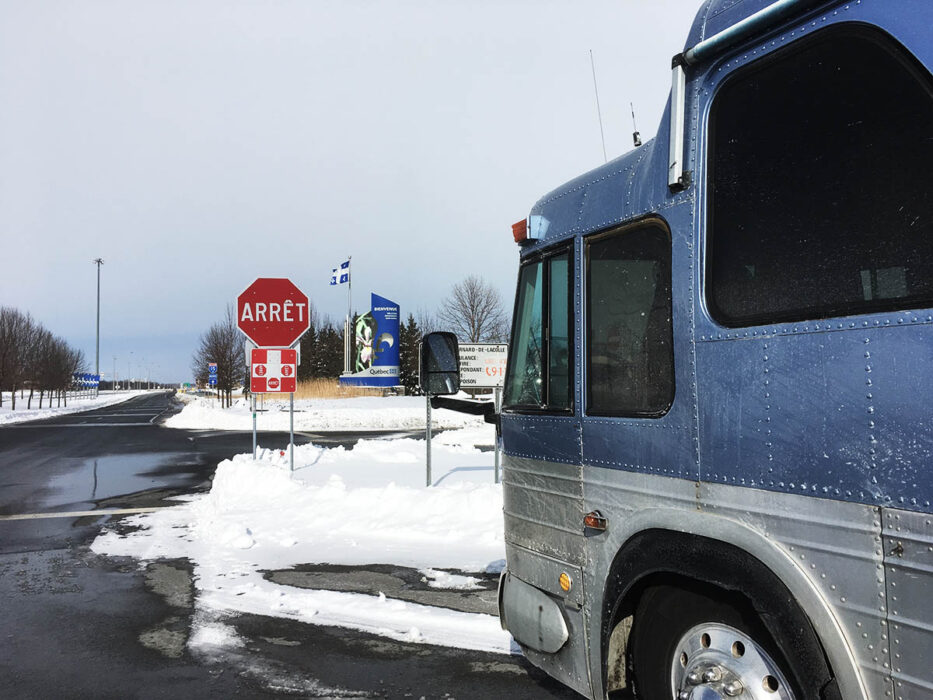
When Yvan & Sylvie took their MCI bus to get inspected, it didn’t look at all like an RV. It had the driver’s seat and the entire interior was empty. There were even holes in the floor, but those holes were over storage bays and weren’t accessible to the exterior. This just goes to show that even if it is NOT an RV/Motorhome YET, it can still pass the safety inspection.
To get the safety inspection completed, go to any big truck mechanic, Canadian Tire, or other location that is certified by the MTO (Ministry of Transportation Ontario) to perform this inspection task.
HOT TIP: You may call ahead to see if you need an appointment and to make sure they are a qualified location to perform this inspection.
Licenses and Insurance
So considering the bus is considered a commercial vehicle initially, you need to have a driver’s license and insurance that allows you to drive it as such. This is a sticky subject because there are rules around all sorts of vehicle types, length, weight, and brake types.
In Ontario:
- If your vehicle is less than 11k kilograms, you can drive it with a regular G license.
- If the vehicle is greater than 11k kilograms, you need a D license (however, there are many other license types depending on the vehicle, so you’d have to ask your customs broker which licenses you’ll need based on the bus you decide to get)
- If there are air brakes, you need to get the Z air brake endorsement.
As for insurance, you may have to have a commercial vehicle insurance policy to drive the bus into Canada, and then once the bus is registered as a motorhome, it can be switched over to motorhome insurance. Call around to insurance brokers and find one that will work with you through the process. However, if you ship the bus (instead of driving it across the border), then you might be able to skip the commercial insurance and just finish the registration process followed by getting the motorhome insurance. There are too many variables to say which way is the best way to go, but this article should open up the possibilities of how to go about the process.
Titling a bus as an RV in Canada
In some provinces, it’s very difficult to title a bus as an RV because of the way it looks. However, in some states in the US, it’s extremely easy to title a bus as an RV in that you can do the title change by mail. You don’t even have to present yourself at a Title & Registration Office. So, when buying a bus in the US to import to Canada, try to get a bus that either already has an RV title, or get it titled as an RV before importing it to Canada. You could even negotiate that the bus has an RV title as a term of sale to the seller before purchasing. If the seller can get the bus titled as an RV, then it will make your life a lot easier.
But if you cannot get the bus titled as an RV before coming into Canada, then the place to go next will be the local MTO office with your stack of paperwork showing that you’ve imported the bus and the safety inspection is complete. You’ll then be able to acquire the license plates.
Conclusion
The biggest takeaway from this article, besides the process outline for you in great detail, is that if you’re going to import a vehicle from the US to Canada or vice versa, get a customs broker involved. They will guide you through the bureaucratic red tape so that you can start working on your tiny home on wheels!
We’d like to give Yvan & Sylvie a HUGE thanks for taking the time to answer our questions about importing a bus into Canada. Considering they had done it successfully, twice, it made sense that we’re confident to publish this information so that others can navigate this sea by land.
Not a reader? Check out the video that Yvan published on his YouTube Channel, Lacroix Cruiser. Feel free to subscribe to his channel for more informational videos on building a tiny home on wheels in Canada.
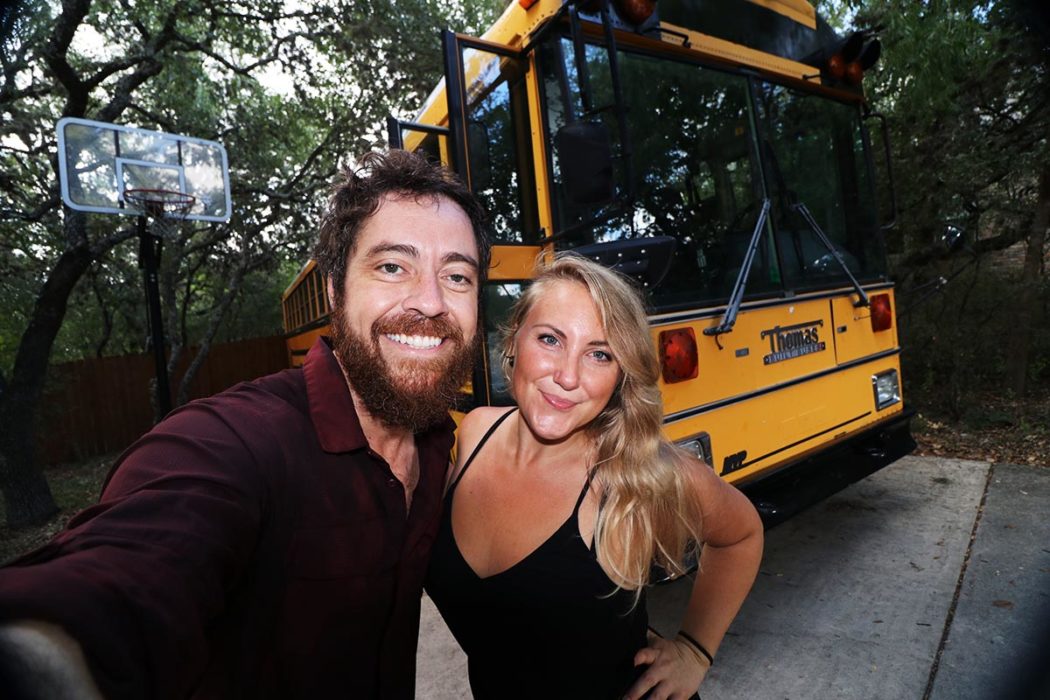
Until Next Time... Adventure On!
- Brian Garcia + Erin Nicole Bick
Hey, we're Brian + Erin. Currently, we're workin' on our bug out bus. Lucky the proverbial $hit hadn't hit the fan yet when we picked up this 40-foot beauty in Phoenix AZ and drove it up to Canada to convert it. Hopefully, we all still have time...
Honestly, this bus conversion has been the only sane thing in this insane world lately. We can't tell you how good it feels to BE working on something that lights our souls up and has such potential for a life that is entwined with nature, love, and happiness.
Our main goal is to inspire people to get off-grid and become self-reliant. We are well on our way and are super excited to talk about solutions with others who are shooting for a similar way of living.
Did This Blog Post Help You? If so, we would greatly appreciate it if you comment below and share it with a friend.
Check out our must-read articles about Skoolie Conversion
Texas Couple Accidentally Won School Bus Auction | Registering & Building A Skoolie In DFW
Joeseph & Jennifer Davis from DFW, Texas accidentally won an online auction to buy a school...
DIY Skoolie Solar System To BE Off-Grid Longer
When designing & building a DIY skoolie solar system, there are quite a few considerations....
How To Register An Old School Bus & Get RV Insurance In Ontario Canada
Nolan Reid dove through the Service Ontario hoops, leaped over the Insurance hurdles, and achieved...

BE Adventure Partners guides people in making money online. Earn an independent living from your knowledge, skills & passions. Become self-reliant. Live a smart & simple life on your terms.





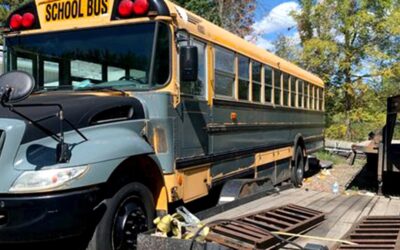
I wonder if you can send me the updated border customs broker, since the one posted above is not working. Thank you
Hey there Michael! The one we listed is the only one that Yvan mentioned to us. We personally have never done the process of importing a bus from the US into Canada. I bet if you Googled the info of what they are called “Border Customs Broker” you may find one that you could call up 😉
Happy bus shopping!